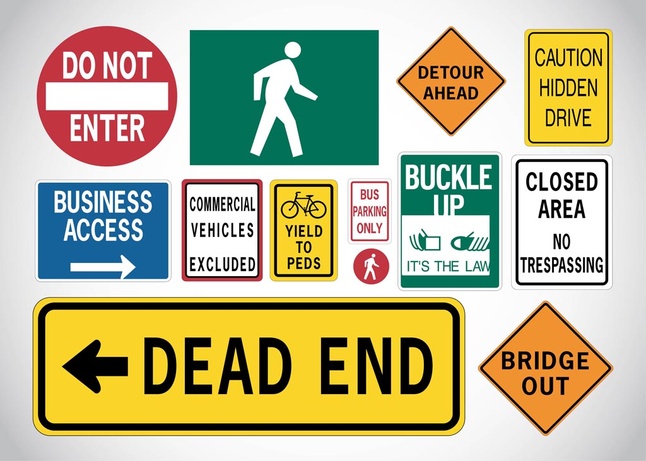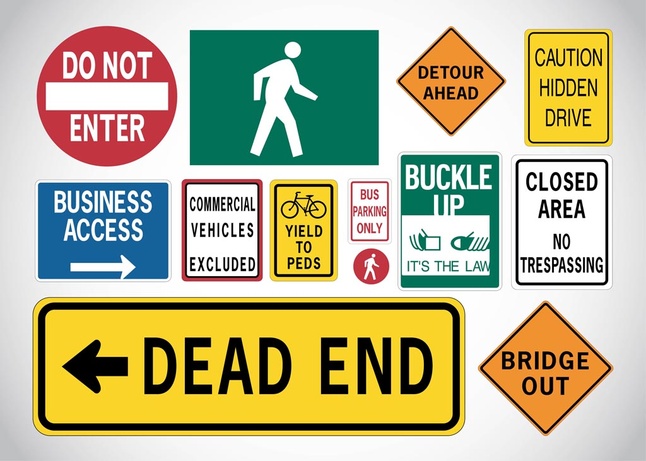HUMOR FESTIVAL

Lehman Center for the Performing Arts is happy to celebrate Thanksgiving Day weekend by presenting FESTIVAL DEL HUMOR, A Night of Laughter to Remember, featuring Paul Rodriguez, Ruperto Vanderpool, Cuquín Victoria & Jochy Santos with Special Guest Anthony Ríos on Saturday, November 30th, 2013 at 8pm.




